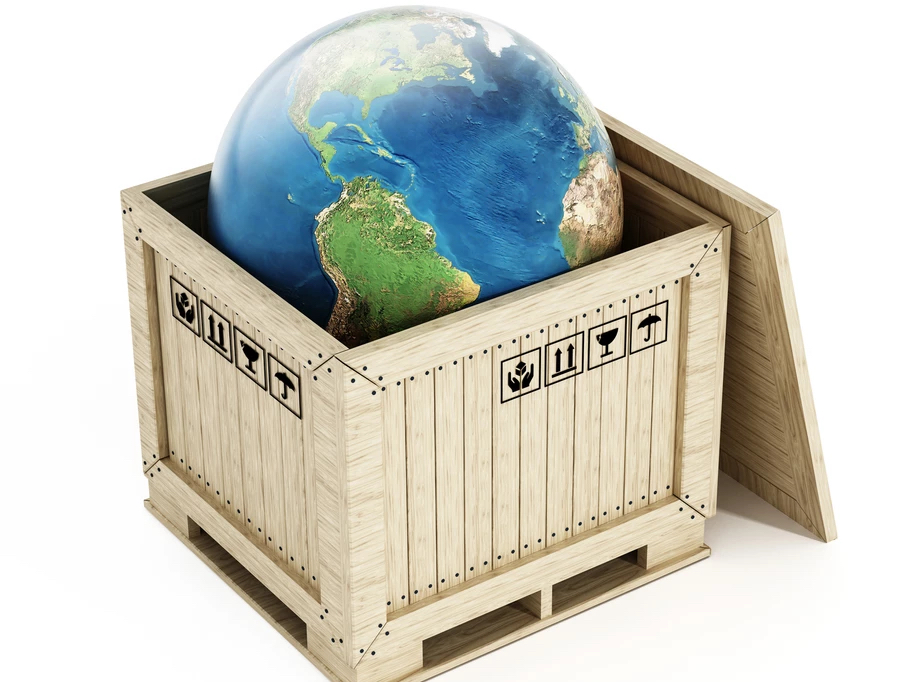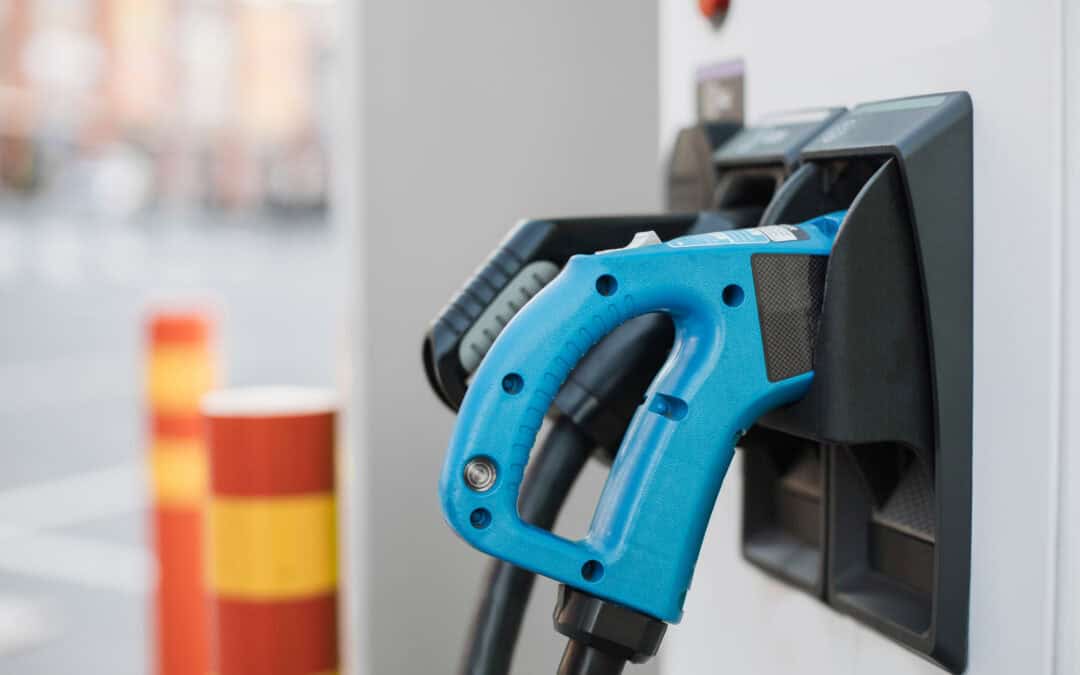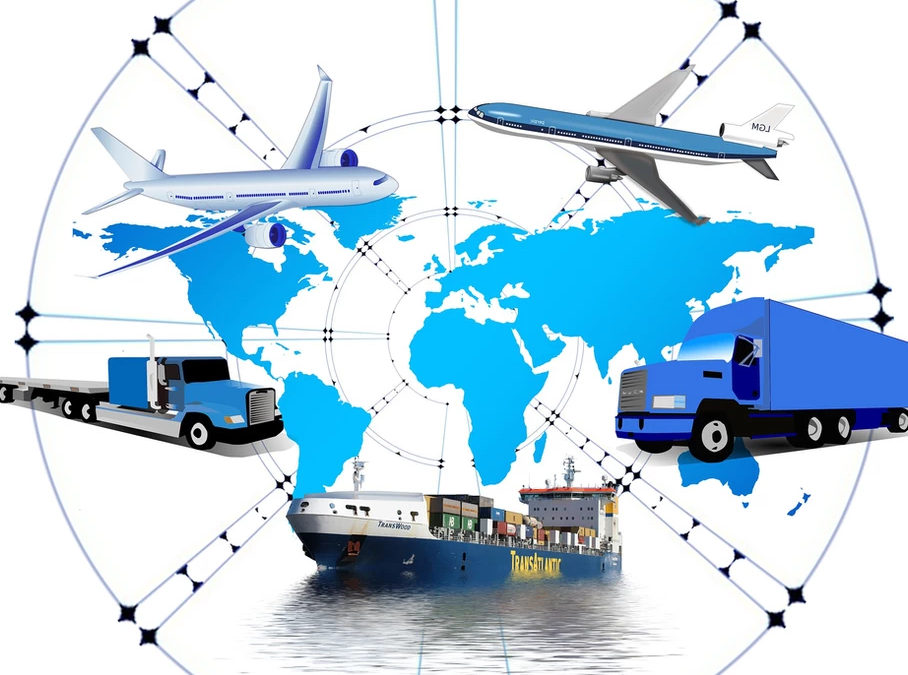Industrial suppliers and manufacturers who hope to create a more sustainable supply chain have much to consider. The process is never straight forward, and complications often prevent manufacturers from taking the necessary steps. The fact is: developing green packaging for supply chains is a poorly understood process. This is largely because green packaging favors retail and consumer-facing companies. As a result, industrial industries have been left out of the conversation and remain in the dark about creating sustainable supply chains. Here are a few “realities” about developing green packaging and supply chains.
1. Your Stakeholders Will Influence your Decisions
If your customer is an OEM or other large manufacturer, it’s likely they regulate the way products are packaged and shipped. Often, they provide formal packaging guidelines that are part of a contractual agreement. Sometimes they go as far as specifying the amount and type of materials that can be used and may even require suppliers to use their own branded, reusable packaging. While most companies aren’t this strict, customer packaging requirements can influence how “green” your supply chain can be.
2. Green Supply Chains are Truly a Collaborative Effort
The lower your company is on the supply chain hierarchy, the less influence you’ll have over packaging decisions. Green packaging isn’t simple, and in a supply chain with many moving parts and stakeholders, everyone needs to make an effort. Green initiatives must start from the top down. Ways to achieve this include:
- Forming a group of supply chain stakeholders to discuss and implement green practices
- Companies can incorporate environmental performance into their brand and organizational objectives
- Customers can include environmental performance in contractual packaging requirements
3. Green Is Not Limited to Packaging Materials
If you have little control over what materials you can use, there are certain actions you can take to minimize environmental harm. Things like reducing storage space and taking added precautions to prevent product damage during transport go a long way. Additionally, to better control packaging waste, companies should keep extensive records of all materials received and used.
4. Cost Wins…Every Time
When it comes to packaging decisions, cost is a major influencer. Stakeholders first evaluate environmentally friendly packaging by how much it contributes to their bottom line. Environmental benefits are a secondary consideration. While money talks, it’s important to note that the “cheapest” solution doesn’t always save costs over time, nor is it always best for the environment. An ideal packaging design would be both cost effective and reduce environmental waste.
And that’s exactly what we do. We’re experts at creating green packaging solutions that improve our clients’ operational costs. If you’d like to learn more about sustainable supply chains or how to “go green,” don’t hesitate to contact us!





